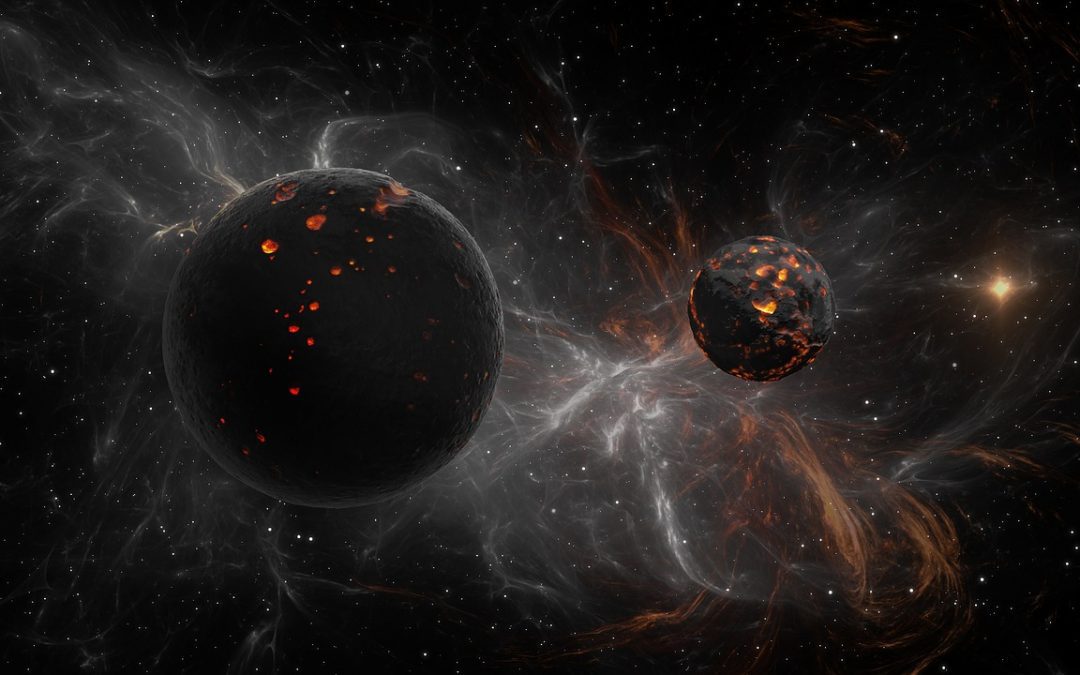Planets are like children: they’re all special in their own way and going near them makes your head feel like it’s going to explode… Also Mexicans have a disproportionate number of them. But not all planets are equal. In the great void that is space there can be found a number of planets that can only be described as strange – strange to the point of not seeming possible. But unless the conspiracy theories are true, they are real. In this article we look at some of such planets, planets that shouldn’t exist.
Planets That Shouldn’t Exist
With the universe being far too vast to explore in it’s entirety, scientists have developed models to calculate the number and location of planets. Basic models work on the theory that planets are created within the gravitational field of a star. The bigger the star, the larger the planet, in a direct correlation. And so an enormous planet would require an enormous star. But then two years ago a giant planet was discovered around a relatively small star. 600 light years from Earth, it is the size of Jupiter, but revolves around a star half the size of our sun. Astronomers were shocked by the discovery.
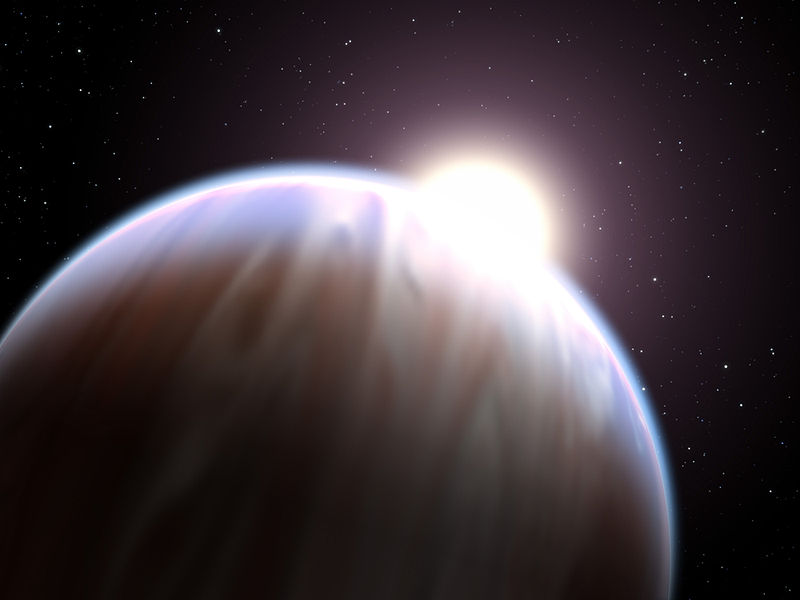
As far as they were concerned such a thing was not meant to be possible, and has forced them to reassess how planets are formed. At present it’s unknown if this planet is some kind of anomaly – or a new kind of planet that’s been hiding in plain sight. More than anything the mystery unleashed by this discovery shows how little we know about even the areas of space close to us.
Earth Like Planets
Every year, researchers announce the discovery of a new planets that are similar to Earth. But this is just wishful thinking. It’s fair to say no known planet is anything like Earth, because none of them are flat. Shape aside, it’s estimated there could be 40 billion Earth sized planets in habitable zones of stars, and that’s just in the milky way galaxy. With so many calling our galaxy home, the chances of us finding alien life really aren’t that bad. At just 4.2 light years from Earth, the closest candidate to us is Proxima Centauri b – an objectively better name than Earth.
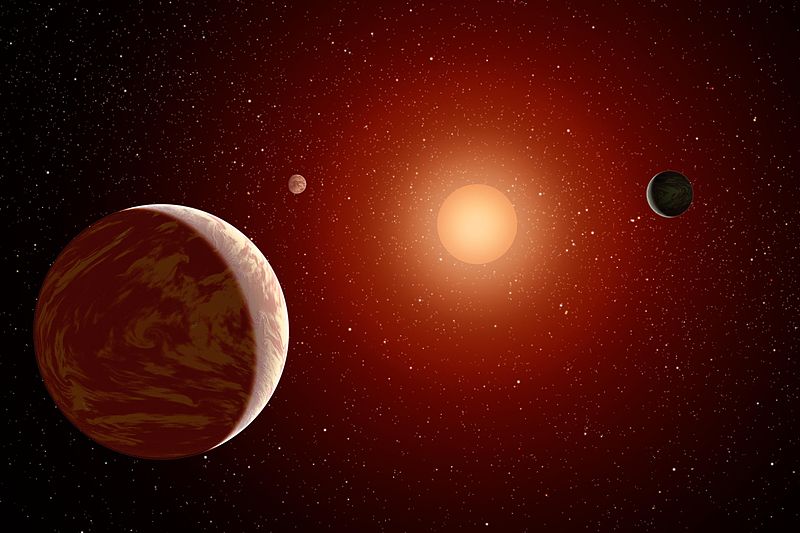
Whoever named our planet Earth had no sense of panache, I’ve always said that. Orbiting the nearest star to our sun, Proxima Centauri b is just 1.3 times the size of Earth, and orbits within a zone habitable for life. However it is much closer to it’s star than Earth is to ours, orbiting roughly every 11 days. If our planet was that close to the sun it would be way too hot for most life, including human life. Luckily, Proxima Centauri b orbits a red dwarf – a relatively small star that burns incredibly slowly. Because of this the planet actually received less heat than Earth does, placing it back within the zone where life is possible.
It’s a shame because another incredibly interesting planet is ten time as far away from us known as “The Waterworld” – this planet is believed to be entirely covered in water, an ocean planet. Being so far away, almost nothing is certain about it. But it seems to be a real oceanic planet, with a thick atmosphere to keep it warm. In 2013 NASA announced they might have detected clouds within it’s atmosphere. The composition of said atmosphere is unknown – but if anything like our own, some kind of life may be possible. Perhaps it is home only to marine creatures; giant marine creatures given the planets warmth.
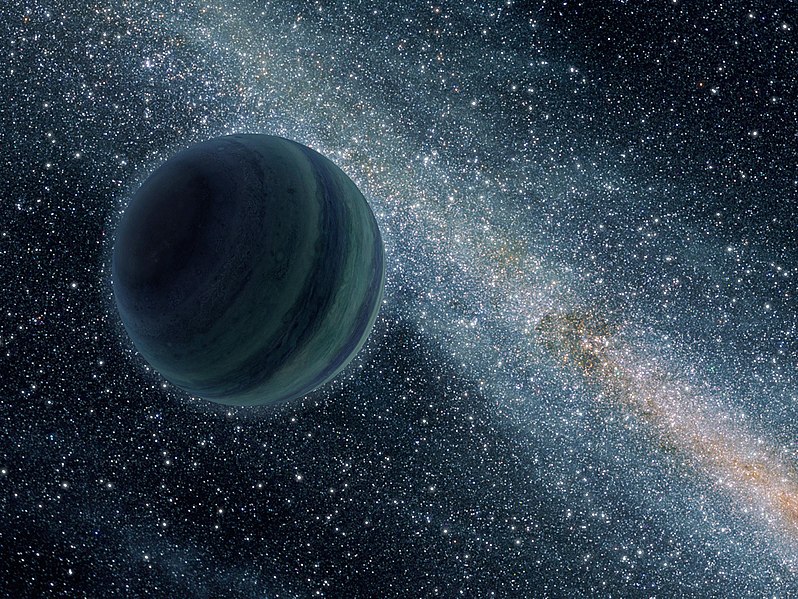
The deep oceans of this planet would be far too hot for humans to go near. In fact it might be a new form of water never before witnessed – not quite liquid but not gas either. It’s too early to say. But maybe other forms of life can stand it. And maybe there is another ocean planet out there just cool enough for people to one day swim it’s water. The concept of oceanic planets can be easily explained: water is among the most common molecules in our galaxy.
As mention before, some planets simply can’t be explained. There is a planet out there that orbits it’s star from such a distance astronomers don’t see how it’s even possible. I’m speaking of HD106906-b, a massive exoplanet 60 billion miles away from it’s star. To put that in perspective Pluto averages a distance of 3.6 billion miles from the sun… and Pluto is tiny. This planet is 11 times the mass of Jupiter. This should not be possible.
First, such a monstrously big planet orbiting a star so far away it’s ridiculous. It’s hard to believe a gravitational pull that strong could reach far enough. One theory is that the planet is not bound to any star, and happens to be moving in this direction by coincidence. This would be possible. But the odds of it occurring are estimated to be 0.01 percent. On top of that the distance means we aren’t sure how it even exists in the first place. According to current theories, planets are formed along with their stars. When a giant cloud of gas and cosmic dust gathers, gravity slowly compresses it into a flat spinning disc, slowly being pulled towards it’s center.
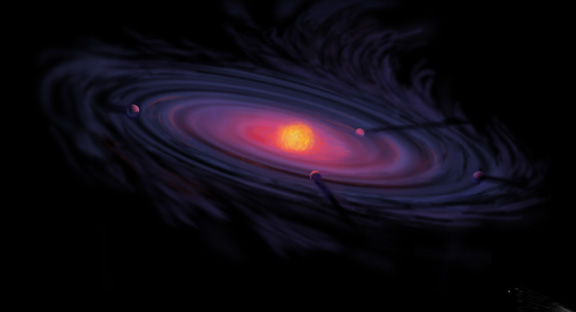
Eventually it comes together, forming a star. Any leftover cosmic dust now continues to swirl around the star. They too clump together, forming planets. So planets are birthed by the same cosmic disc as their parent star. But we’re talking about a planet 60 billion miles away from it’s star – a distance too great for any such disc. What’s more, this planet is only 13 million years old so it can’t have slowly edged further away from the star. Some say it might be a rouge planet that broke free of the gravity of it’s original star and spent years drifting through space alone before entering this new system. But again this would be unlikely for a planet just 13 million years old.
The Scorched World

It just doesn’t make sense. Maybe it never will. The strangest planets are often different in that they can clearly be explained no matter how magical they seem. Among them are planets where glass and diamonds rain from the sky, a planet where a year is just two hours long, and a planet that might be covered by an ocean of lava. The latter is often referred to as “the scorched world” because that’s easier to remember than COROT-7b. 23 times closer to it’s star than Mercury is to the sun, this world has a surface temperature hot enough to melt iron – estimated to be over two thousand degrees Celsius. Being so close to a star, it’s suspected she has no atmosphere at all and is covered in a massive ocean of ever flowing lava.
The existence of a lava planet has been hypothesized, with the expectation we would just need to find a world orbiting close enough to it’s star. There could be infinite lava planets out there, along with planets covered entirely by water, or entirely frozen over with ice. Some suggest planet Earth once had it’s surface entirely frozen over – but that would have been at least 650 million years ago. As well as earth-like planets, astronomers have an interest in planets that are like those in our solar system but with extreme elements.
Super Saturn
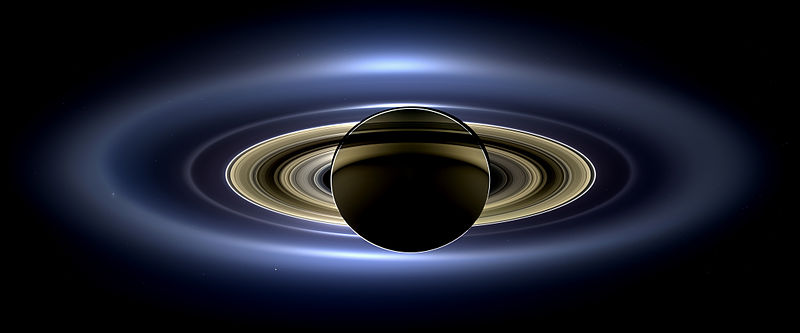
One of the most enigmatic is Super Saturn. Around 400 light years away, a planet has been observed with massive rings – like the rings of Saturn but 200 times bigger. In fact if Saturn’s rings were that great, we would see them more prominently than the moon. It’s really unknown how Super Saturn got such big rings. With super Saturn’s rings stretching so far from their planet, much of it should in theory have formed together as a moon, or just drifted out of the gravitational field. After all, super Saturn isn’t 200 times the size of Saturn – it’s about the size of Jupiter. There’s no sign of how it got such big rings, it’s weird.

